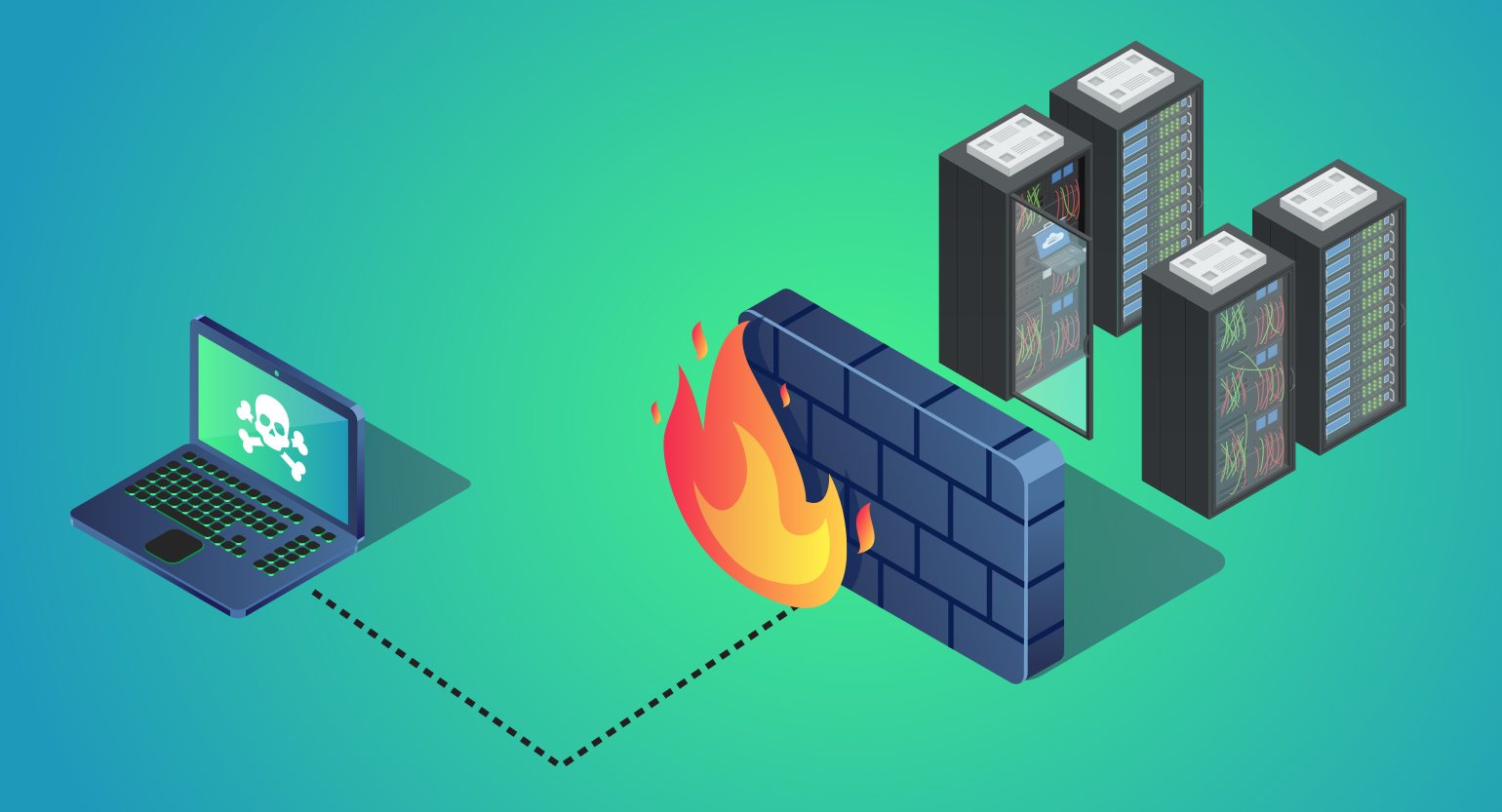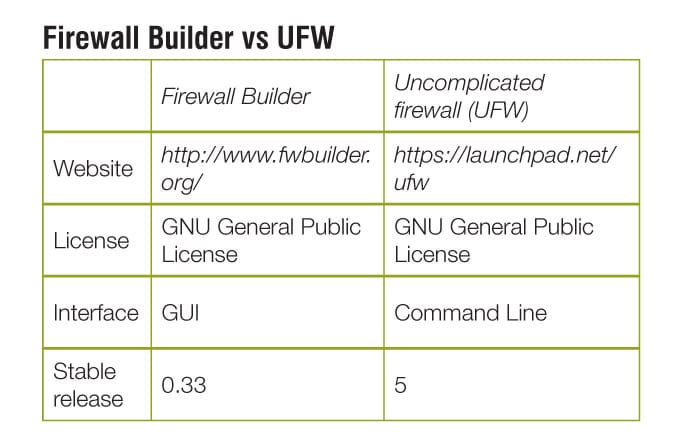


#Firewall builder classify example how to
In this month's column, I show you how to use Firewall Builder to create two such rule sets: one for a bastion host that needs to defend itself and another for a firewall that needs to defend entire networks. For example: (cpuPlatform = "Intel Skylake") OR Last month we used Firewall Builder to create a set of reusable objects for iptables policies. However, you can include AND and OR expressions explicitly. For example: (tomaticRestart = true)īy default, each expression is an AND expression. To filter on multiple expressions, provide each separate expression within parentheses. You can use filtering on nested fields to filter based on resource labels. For example, you could specify tomaticRestart = false to include instances only if they are not scheduled for automatic restarts. The :* comparison can be used to test whether a key has been defined.įor example, to find all objects with owner label use: labels.owner:* For non-string fields it is equivalent to the = operator. The : operator can be used with string fields to match substrings. Firewall Builder (also known as fwbuilder) is a GUI firewall configuration and management tool that supports iptables (netfilter), ipfilter, pf, ipfw, Cisco PIX (FWSM, ASA) and Cisco routers extended access lists. įor example, if you are filtering Compute Engine instances, you can exclude instances named example-instance by specifying name != example-instance. (This object applies to firewall objects only. For example, the built-in policy installer uses the address of the management interface to connect to the firewall via SSH when it copies a generated script or configuration file. The operator must be either =, !=, >, = or. The management interface is used for all communication between Firewall Builder and the firewall. The value must be a string, a number, or a boolean. If you want to use AIP-160, your expression must specify the field name, an operator, and the value that you want to use for filtering. Most Compute resources support two types of filter expressions: expressions that support regular expressions and expressions that follow API improvement proposal AIP-160. Set pageToken to the nextPageToken returned by a previous list request to get the next page of results.Ī filter expression that filters resources listed in the response. Acceptable values are 0 to 500, inclusive. If the number of available results is larger than maxResults, Compute Engine returns a nextPageToken that can be used to get the next page of results in subsequent list requests. The maximum number of results per page that should be returned. In this example, you configure the firewall filter mf-classifier and specify some custom forwarding classes on Device R1. Retrieves the list of firewall rules available to the specified project. Save money with our transparent approach to pricing Rapid Assessment & Migration Program (RAMP) Migrate from PaaS: Cloud Foundry, OpenshiftĬOVID-19 Solutions for the Healthcare Industry


 0 kommentar(er)
0 kommentar(er)
